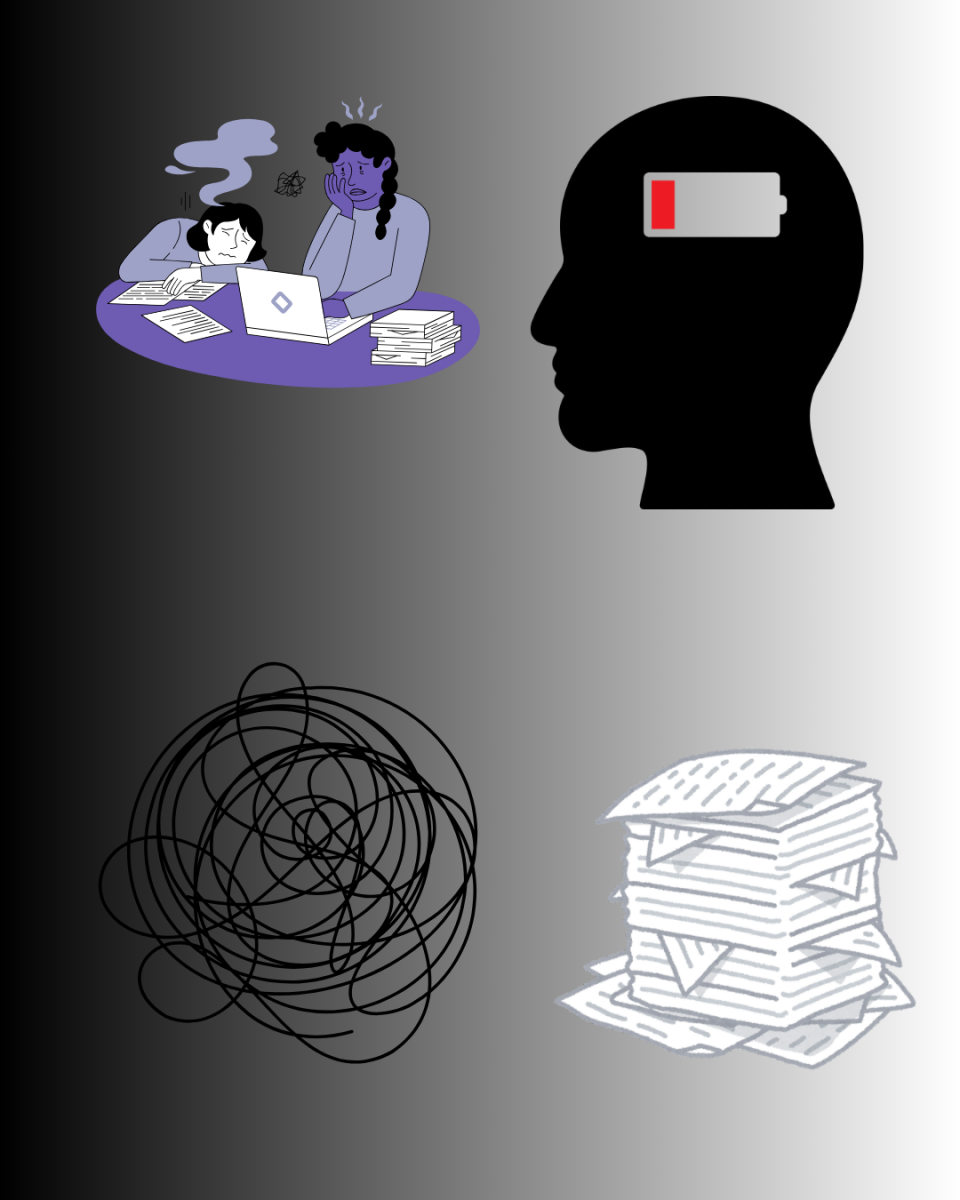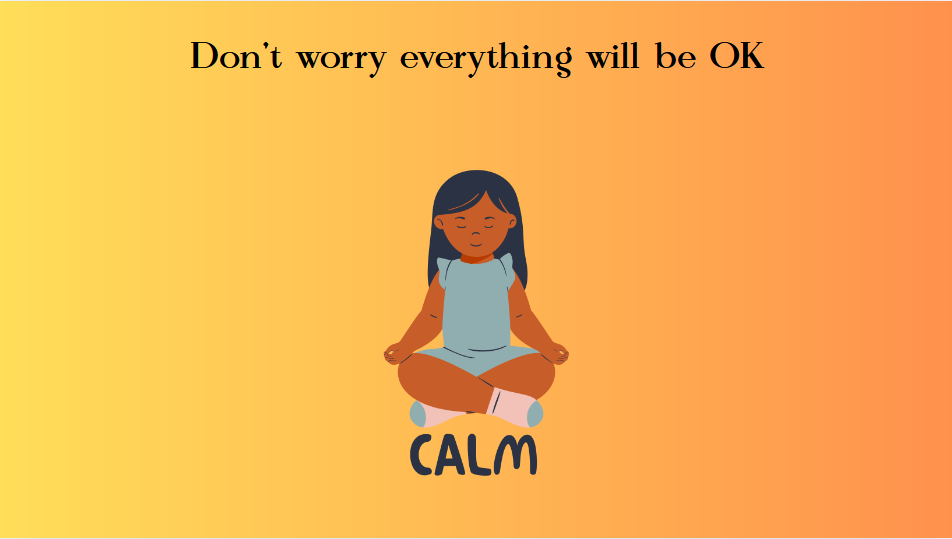It’s a tradition in America to look forward to the three-month long summer break at the end of each school year.
This break often holds key memories for students, not just because of the excitement of not having school, but also the memories that were formed in the extra time. However, this break is actually more of a detriment to students, teachers and parents than it is a benefit.
The three-month long break seems great, as it’s often a time for students, families and teachers to go on vacations and spend time with loved ones.
However, it’s also a significant amount of time for parents to not have reliable childcare throughout the day. During the three-month break teachers are not working at the school or potentially earning money as consistently and students are not learning.
Implementing a year-round education system (YRE) has the capability to solve issues like these without taking away time for vacation and being around loved ones.
One major benefit of YRE is more frequent breaks to alleviate students from the stress of school.
Depending on the model, breaks are often more than just a day off of school, but rather a week or two off throughout the school year, without eliminating winter break, spring break and Thanksgiving break. This can provide the time that families need to visit others or go on vacation without compromising students’ abilities to remember what they have previously learned.
Another major benefit of YRE is better retention of education from a more balanced education cycle. Summer break is often a time when students forget what they have learned from the previous year, requiring teachers to spend the first month back at school reteaching material previously taught to the students.
YRE is also beneficial to low-income families and students.
Over long breaks, students in low-income families can have difficulties getting food or receiving proper childcare like they would during school. Lengthened breaks can have a negative impact on their overall learning as well, because they are more focused on their basic needs during these breaks than remembering what they have learned in school.
If students are unable to get their basic needs met during this time, it’s better for it to only be a couple weeks than a few months.
The benefits of YRE also extend to teachers. In many models of YRE, teachers have been able to earn more because they can teach extra sessions or substitute more frequently.
A more balanced school year means a more balanced work schedule for teachers, which can assure them a better alignment in their schedules with others. Furthermore, many of the same benefits that apply to students apply to the teachers as well, because student’s lives improving often leads to teacher’s lives improving.
It can be hard to entertain the idea of changing the education system because it’s remained stagnant for decades, but sometimes, change is a good thing. On the surface, the benefits of the current model seem great, but it can actually be harmful to many people in both the short-term and the long-term.
It’s time we rethink the old ways of viewing the education model and find ways to make it better for students, families and teachers, and YRE is one way of doing so.















